The Lon Chaney Cabin is an excellent day hike destination in the John Muir Wilderness
Before there were any of the superstars that grace magazines, social media postings, and every aspect of modern day life, there were a smaller series of stars of early Hollywood that first America, and then the world knew. Out of this group, by far, the most infamous was Lon Chaney. While Lon Chaney has somewhat disappears into the mists of history, in his heyday, he was well-known as “The Manof a Thousand Faces”, and turned in iconic performances as the Phantom of the Opera, and the Hunchback of Notre Dame, among many others. Although there are many interesting facts about Lon Chaney, one of the more little-known facts about him is that he had a 1,288 square foot cabin built in the Inyo National Forest. While Lon Chaney is long gone the cabin remains to this day, and is a great halfway point for a day-hike through some of the more pristine wilderness in the Eastern Sierra.
From the beginning, the North Fork trail of Big Pine Creek provides stunning views.
Directions: The trailhead for the cabin is also the trailhead for one of California’s premier overnight backpacking destinations, the North Fork of Big Pine Creek. The North Fork trail of Big Pine Creek heads through the Big Pine basin in the Eastern Sierras, and allows access to a number of stunning lakes, climbing opportunities, and California’s largest glacier, the Palisade Glacier. The trailhead for the North Fork of Big Pine Creek is located at the end of Glacier Lodge Road, which starts in the town of Big Pine, California. From Big Pine, the Glacier Lodge Road provides stunning views (and steep elevation gain) for the duration of its eleven mile distance. During the winter months, part, or all of this road can be closed, depending on the conditions.
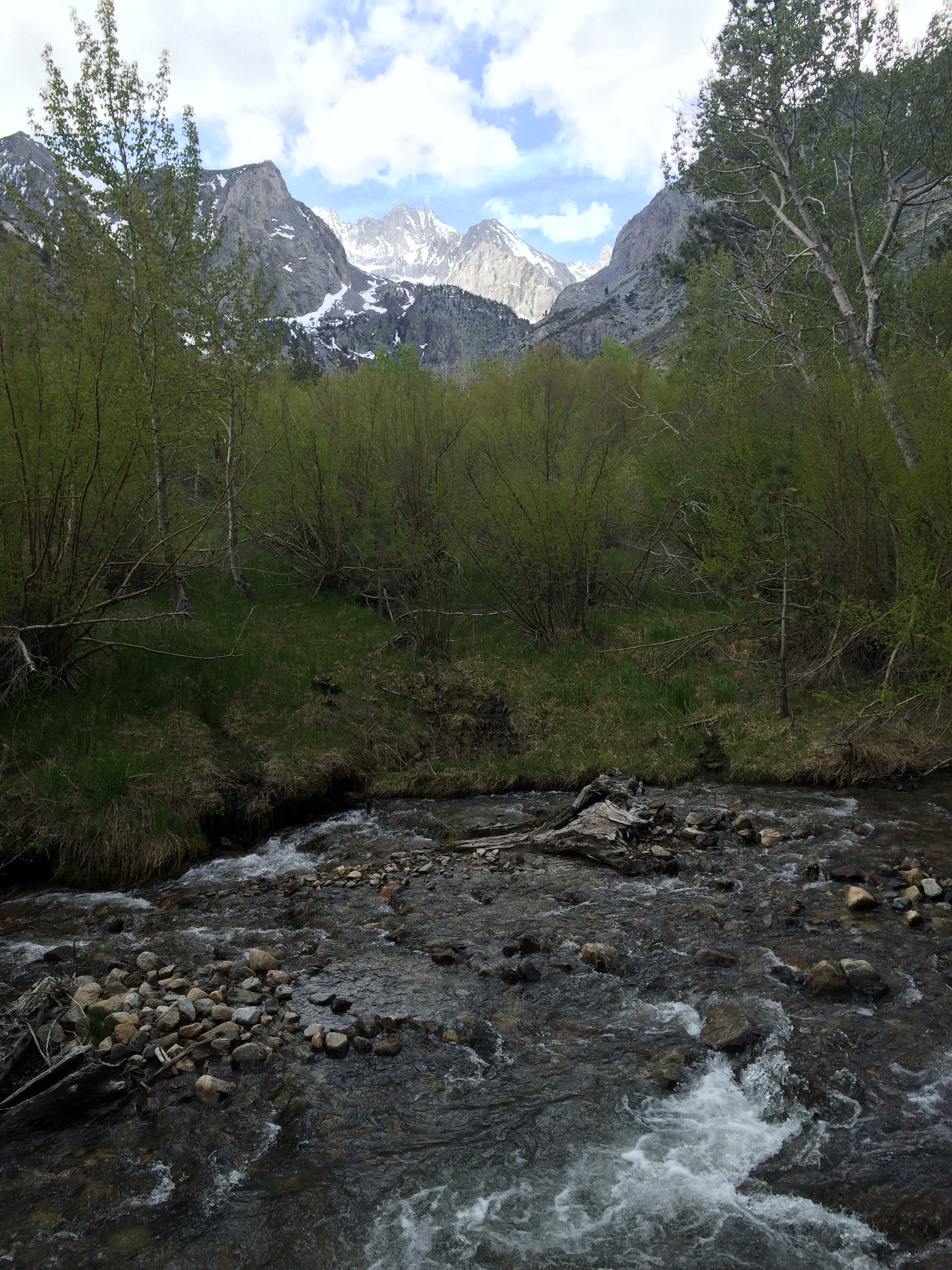


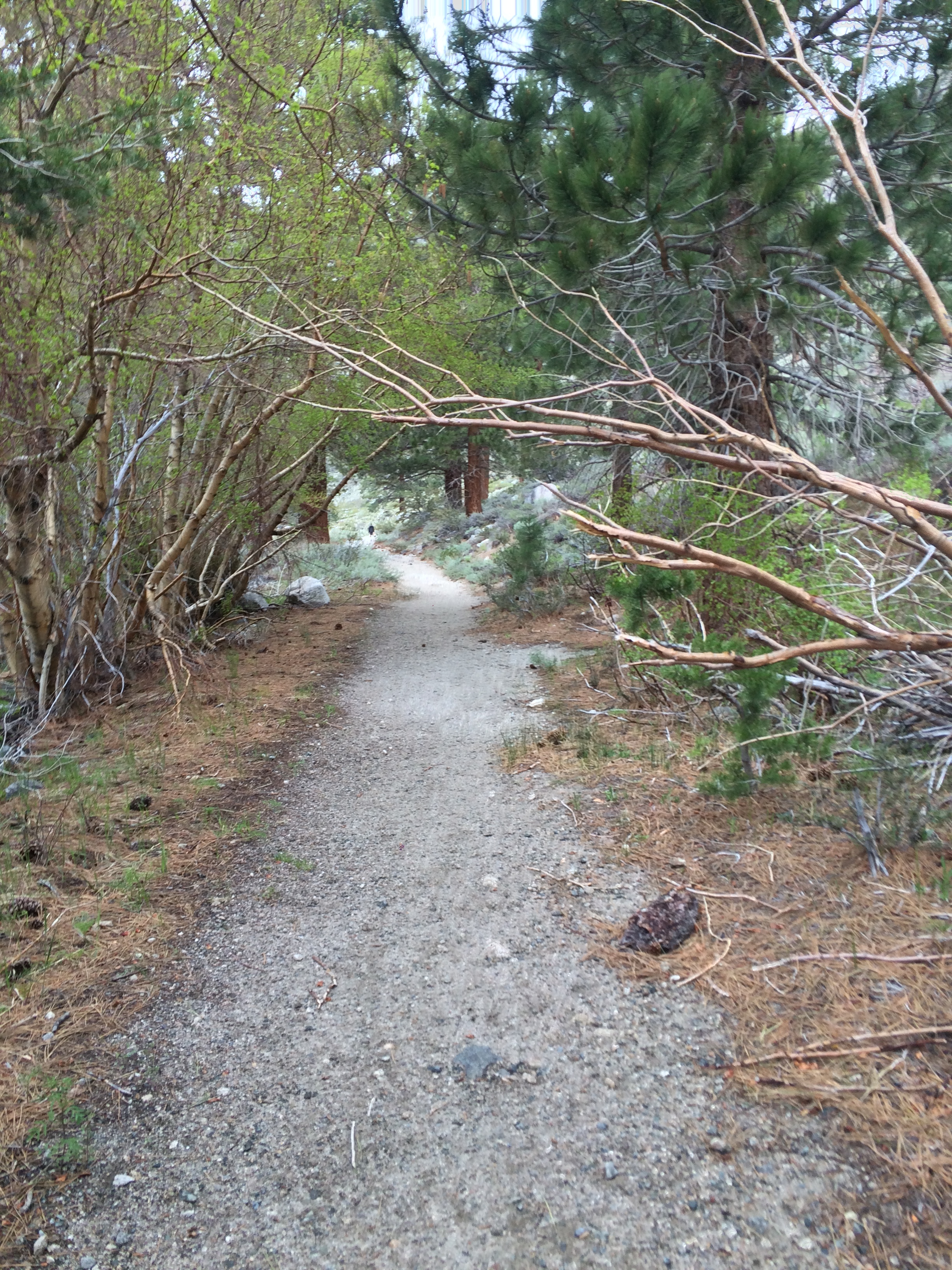


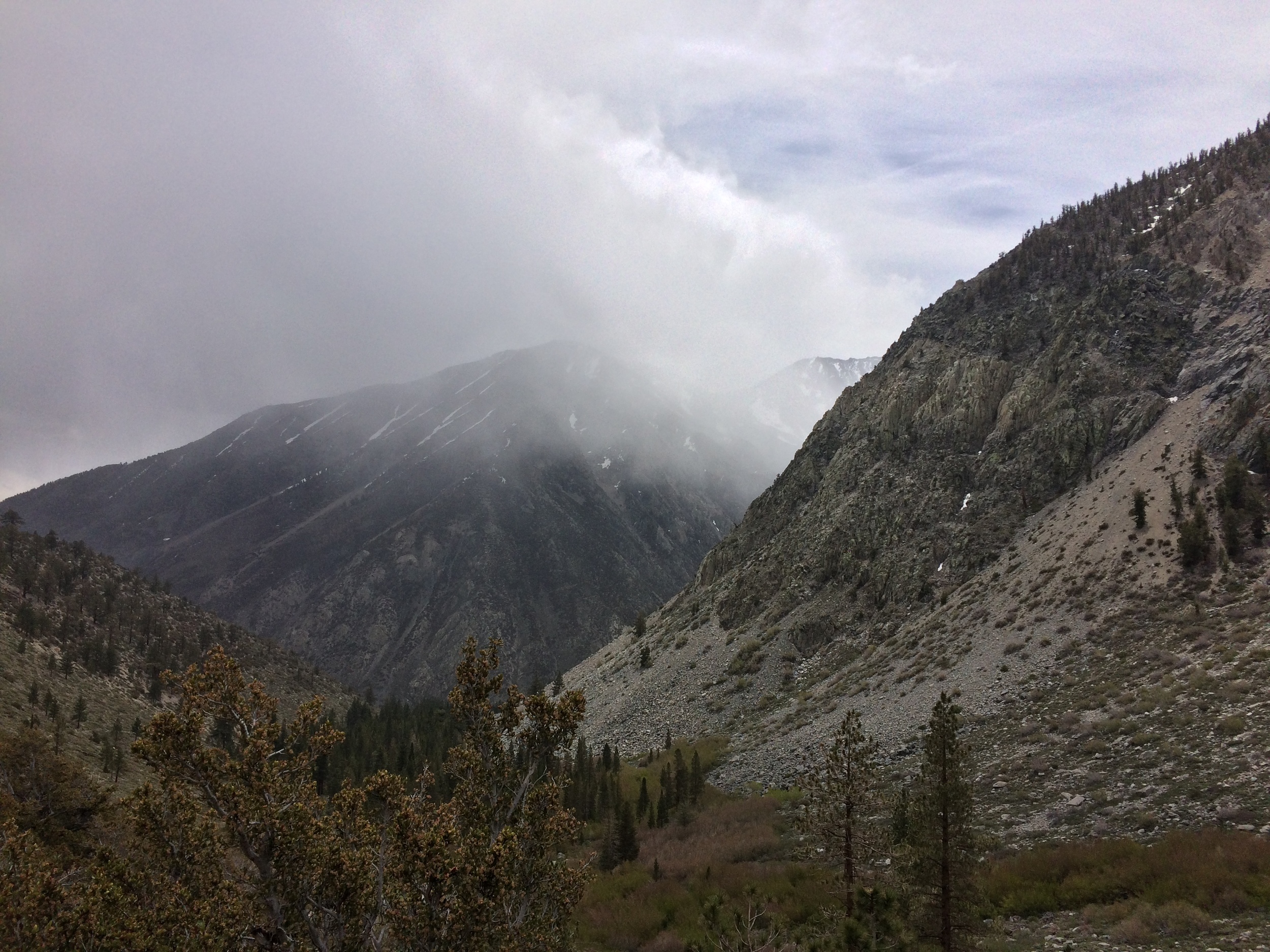
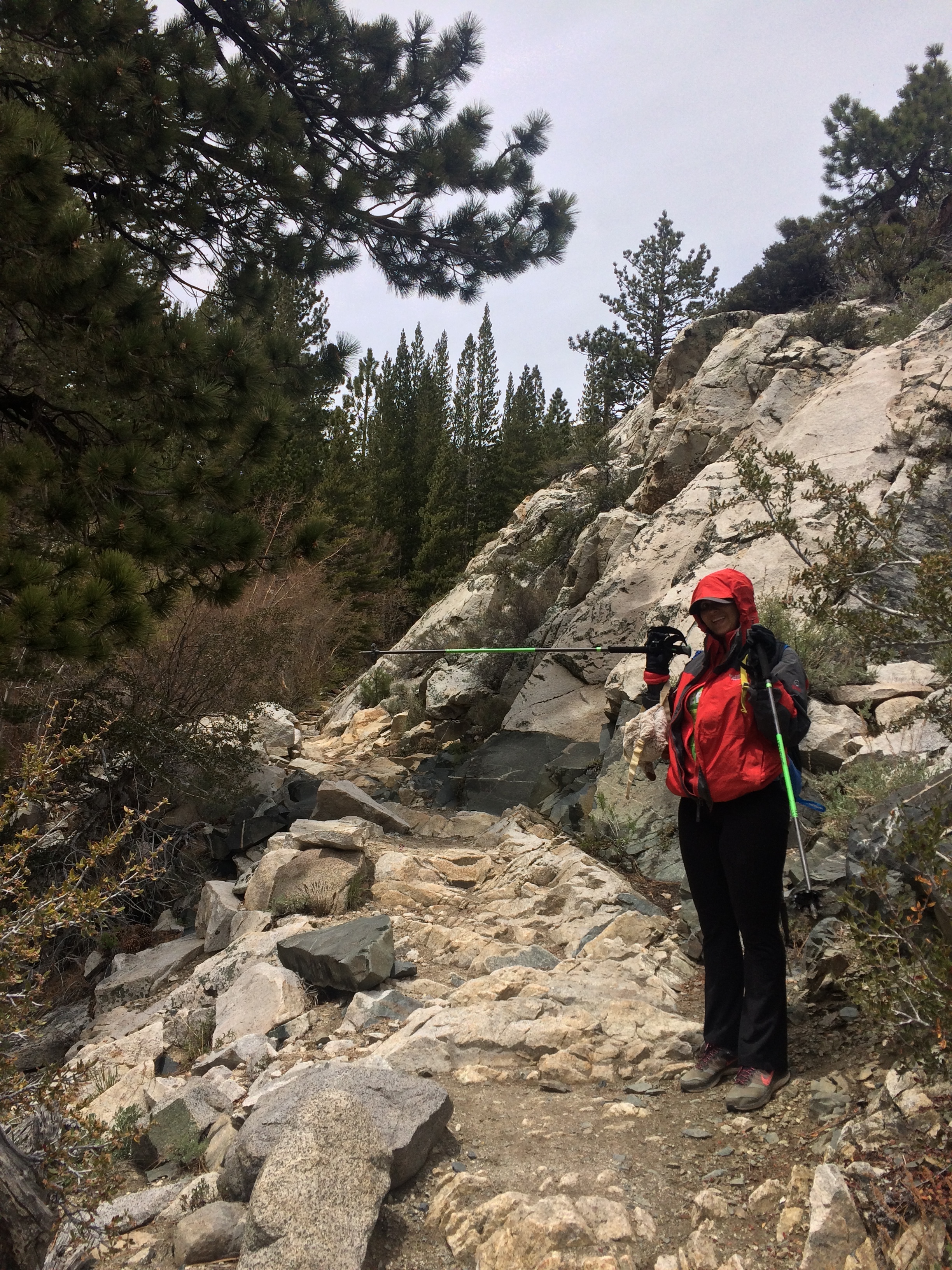
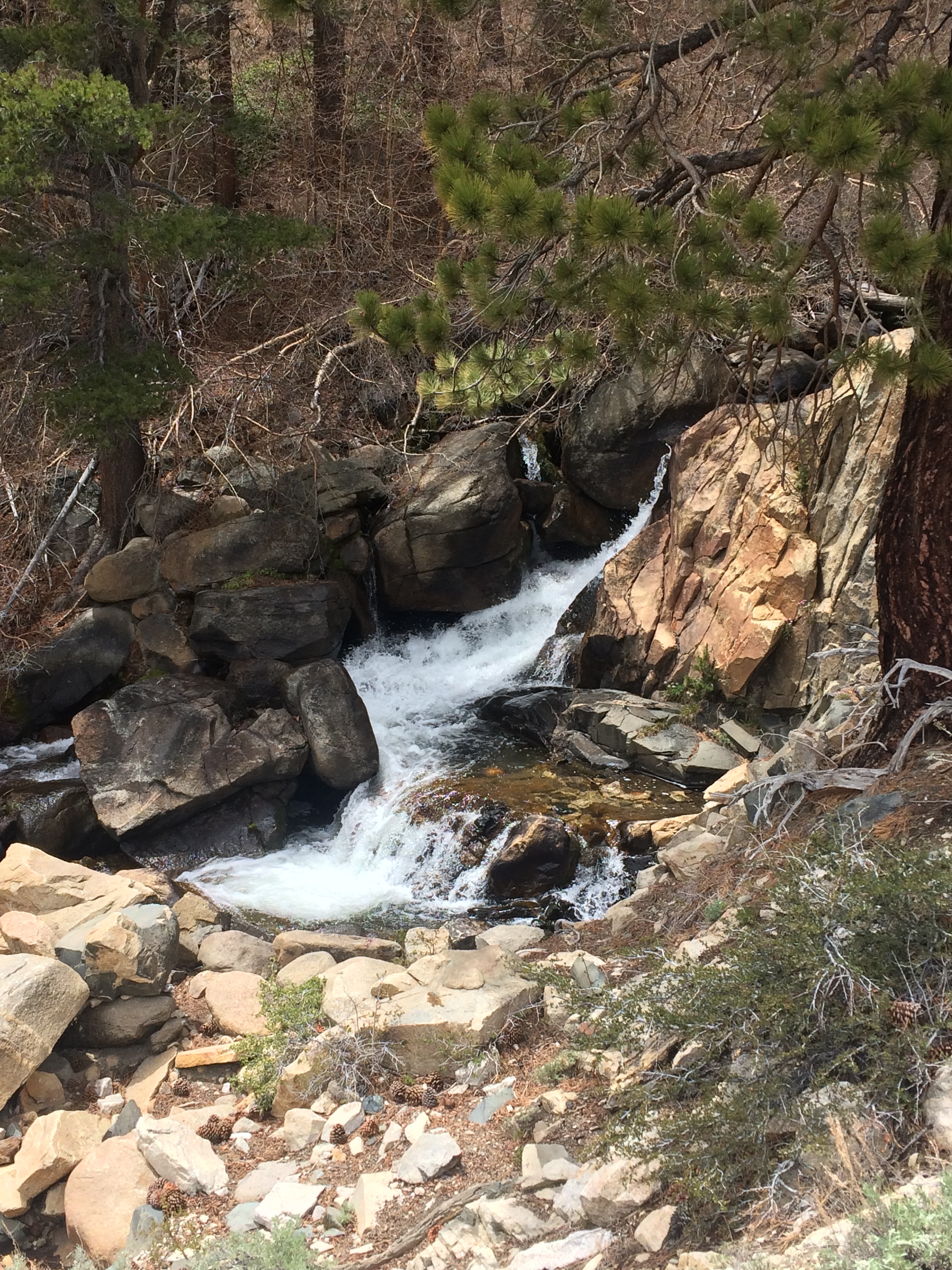
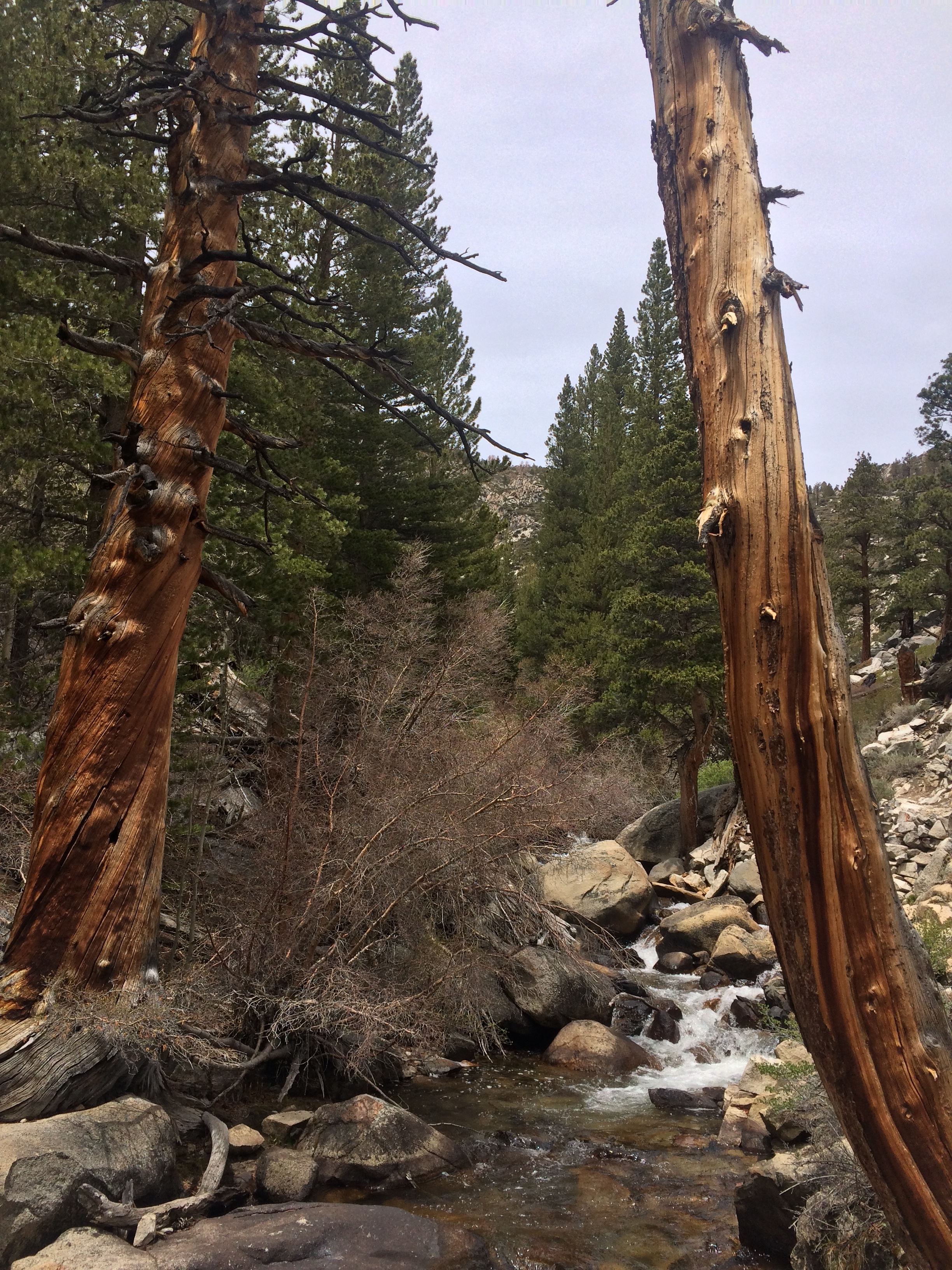
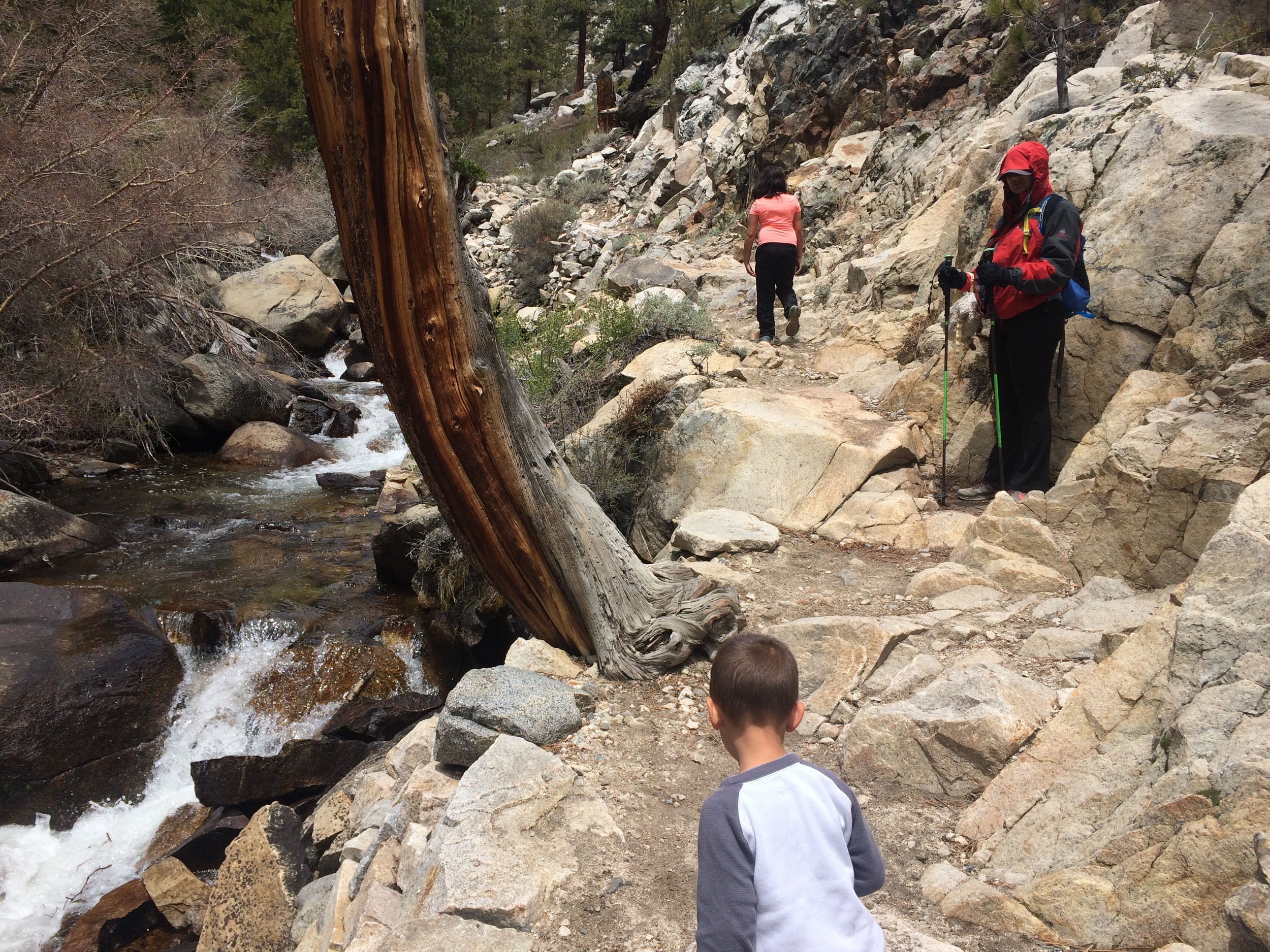
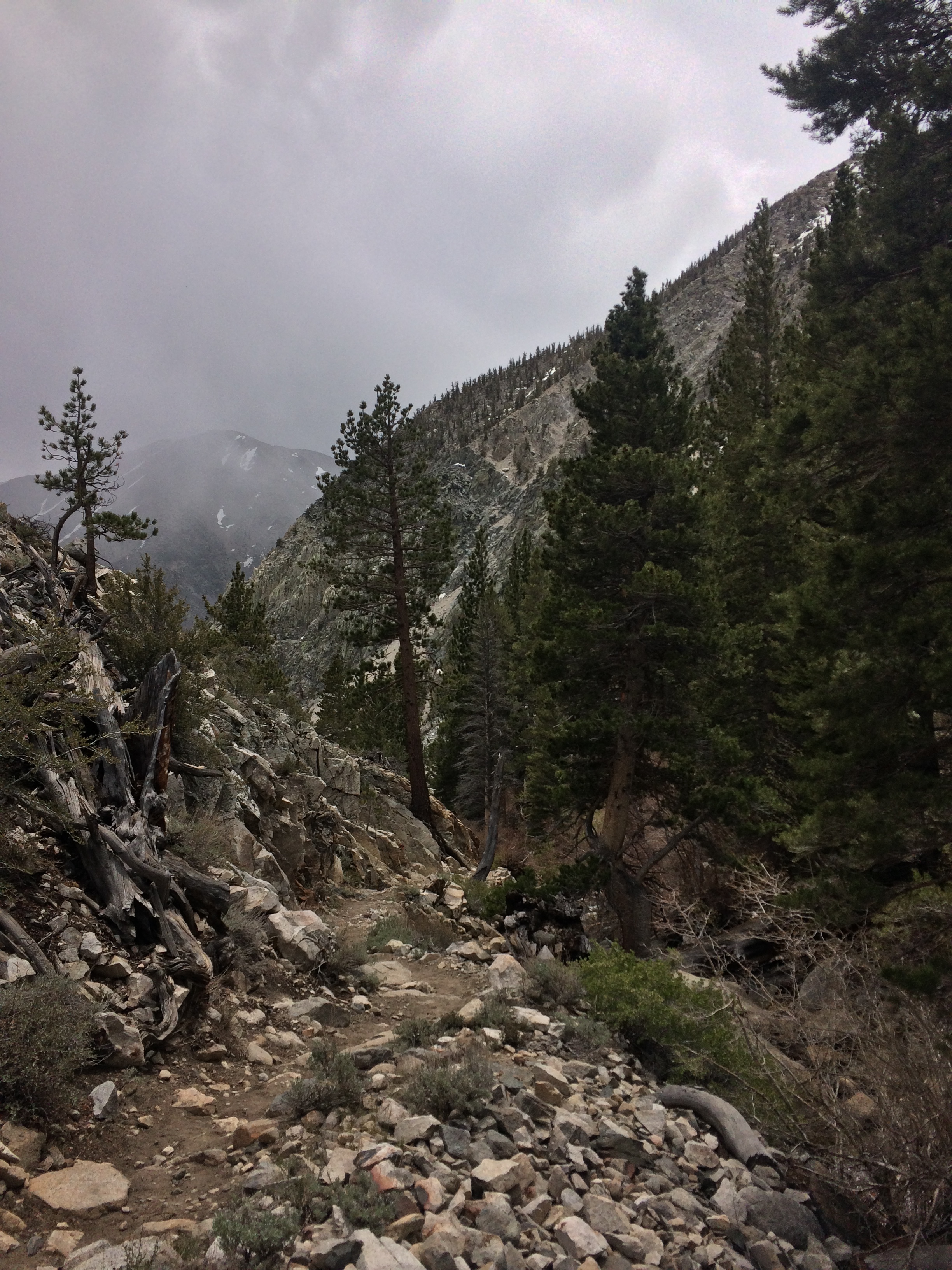
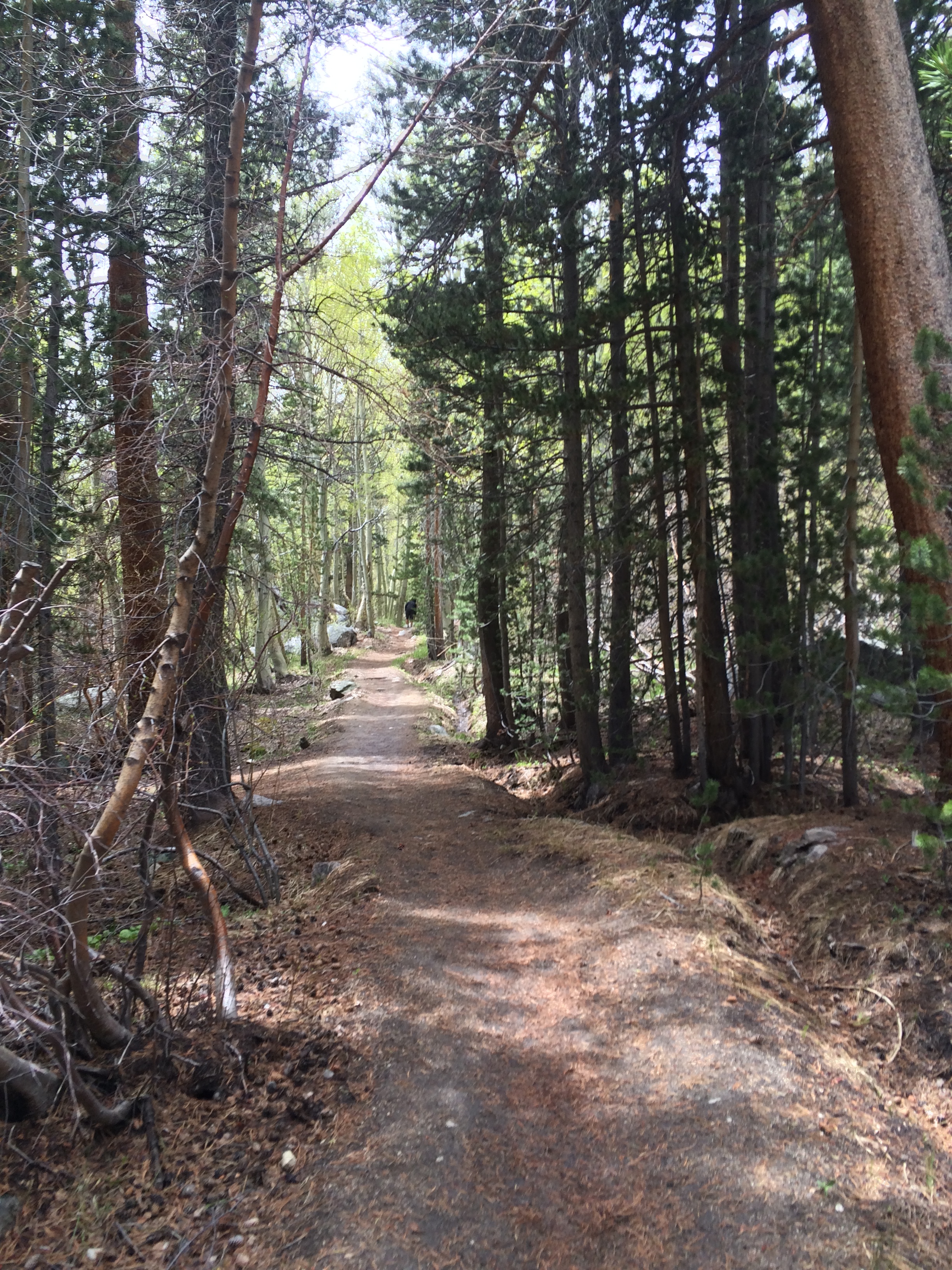
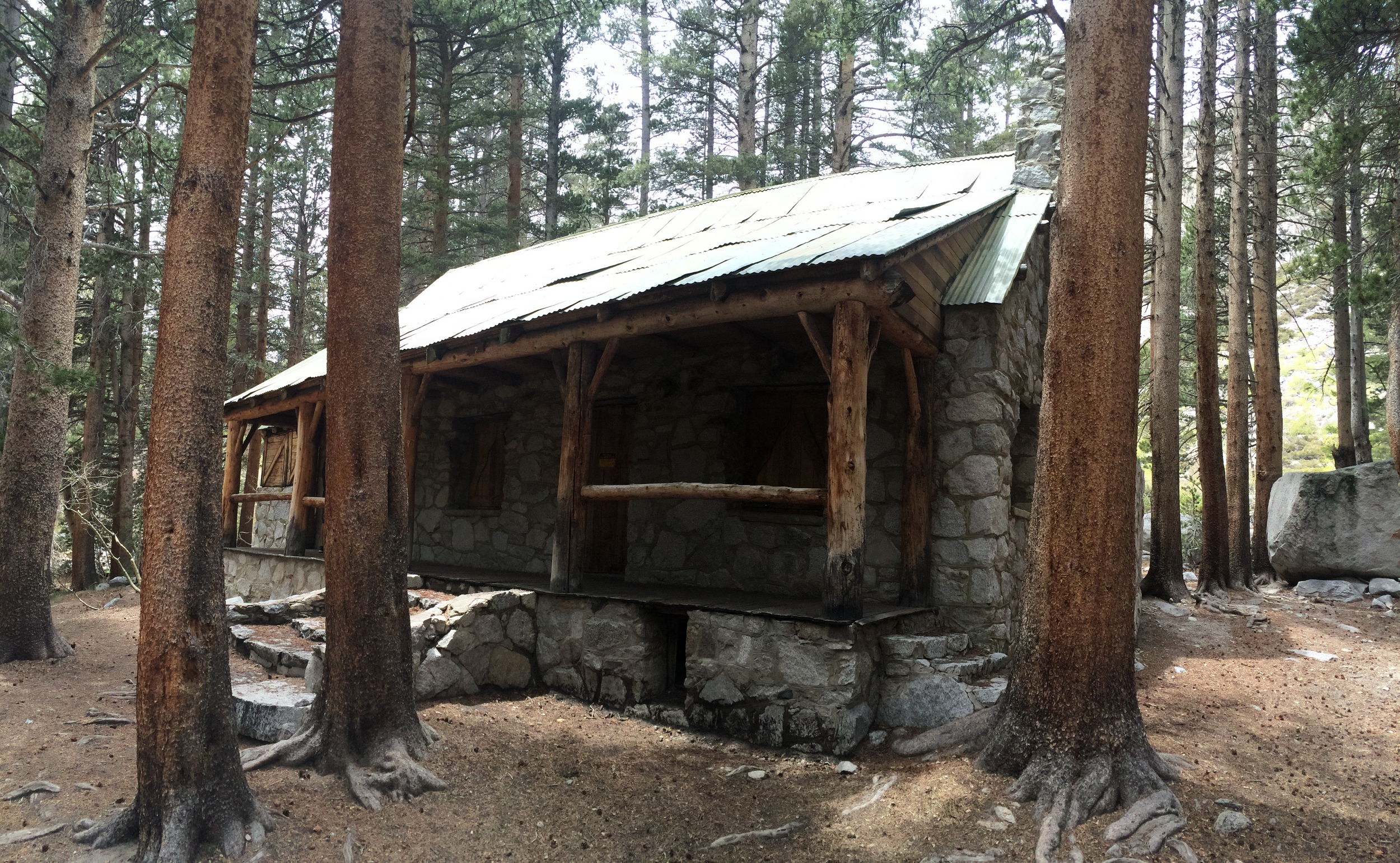
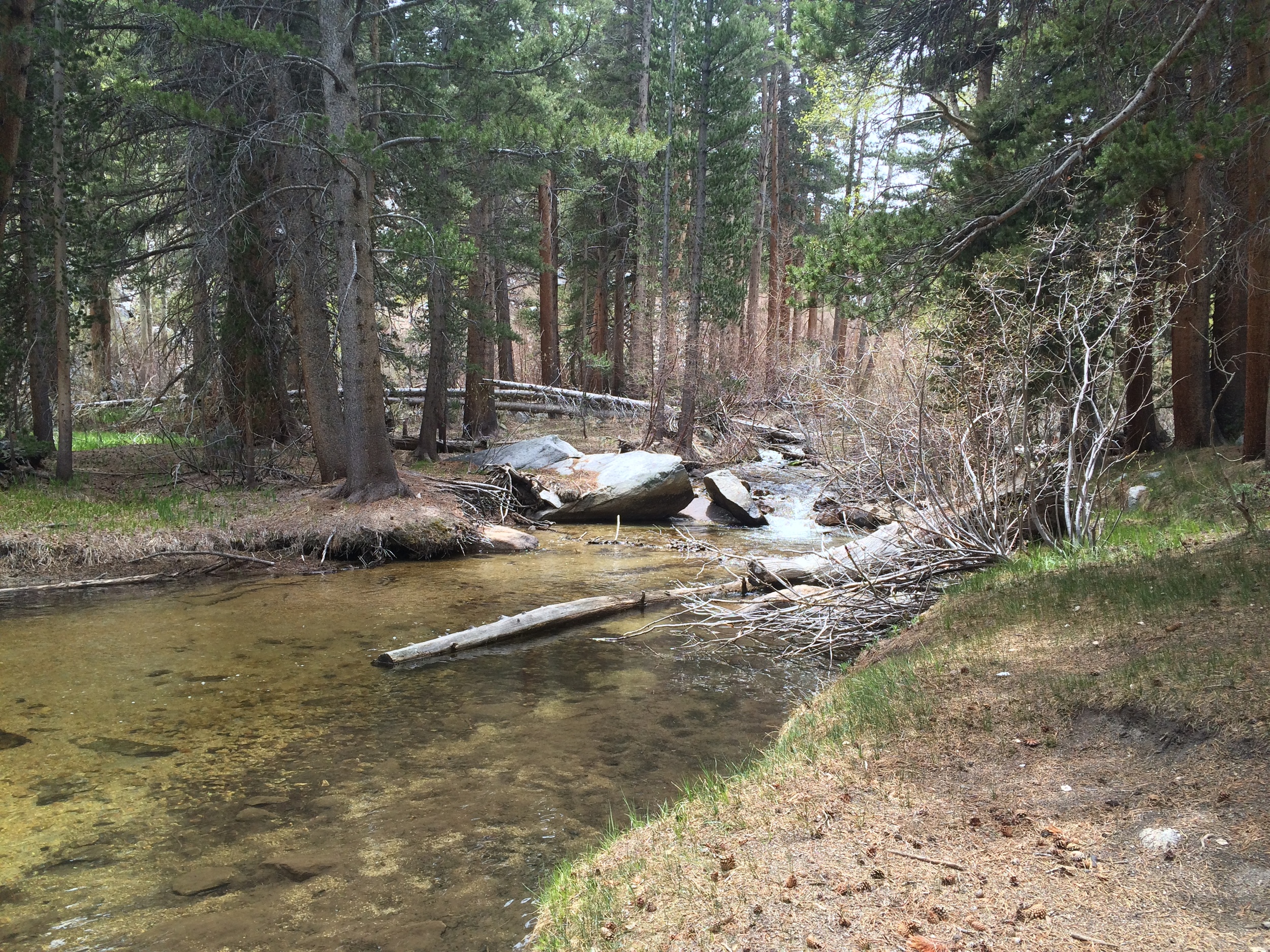
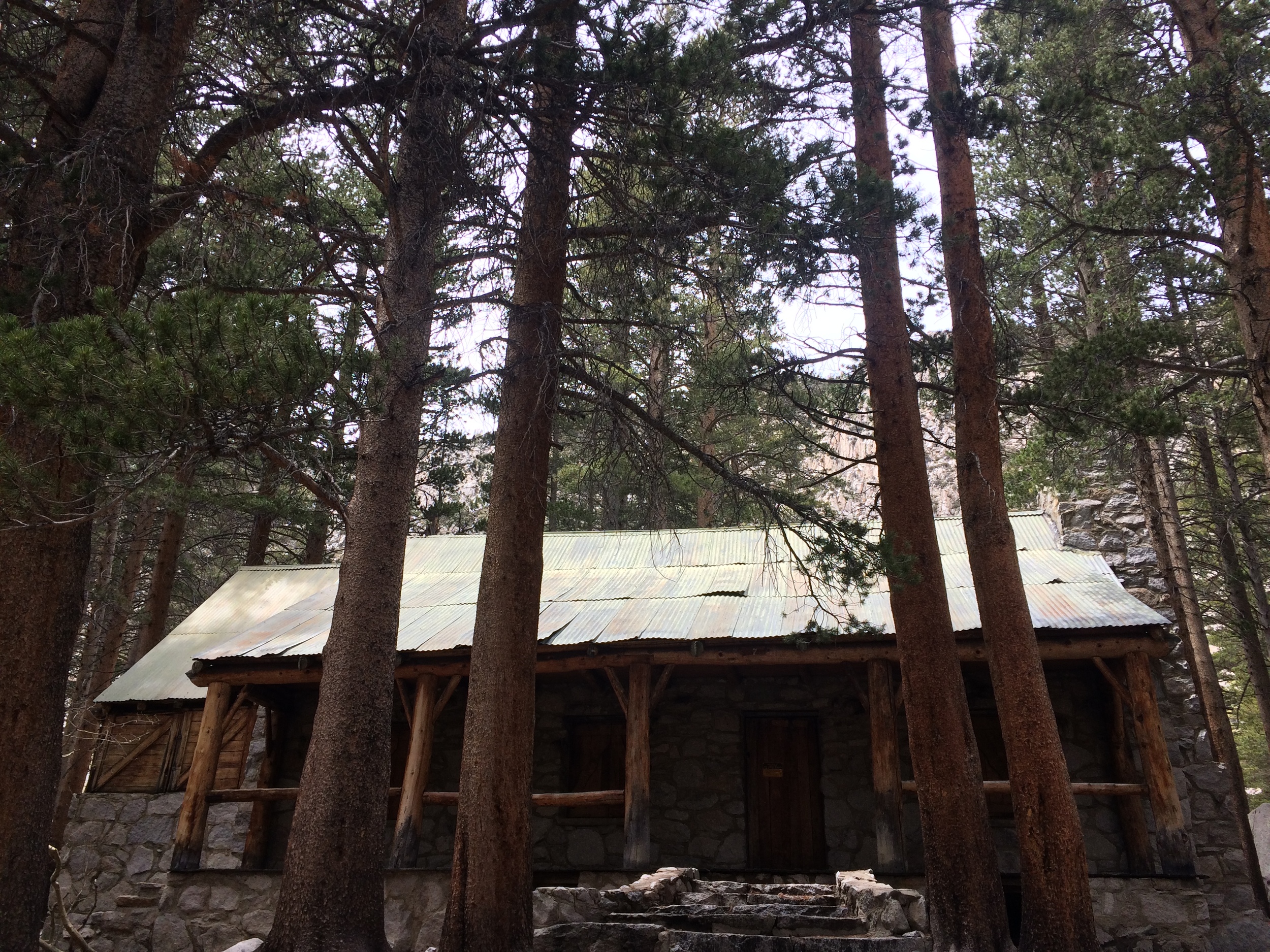
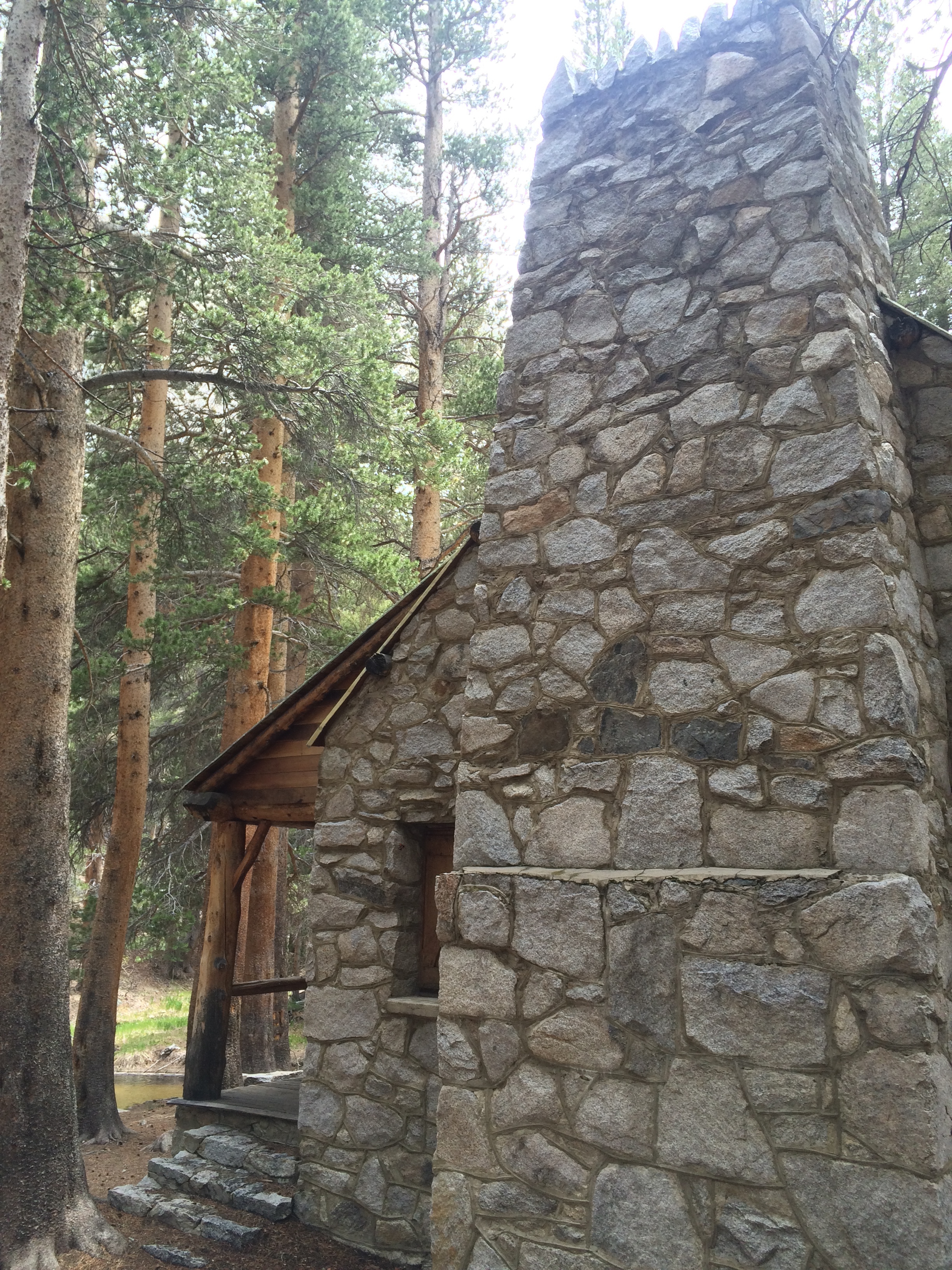
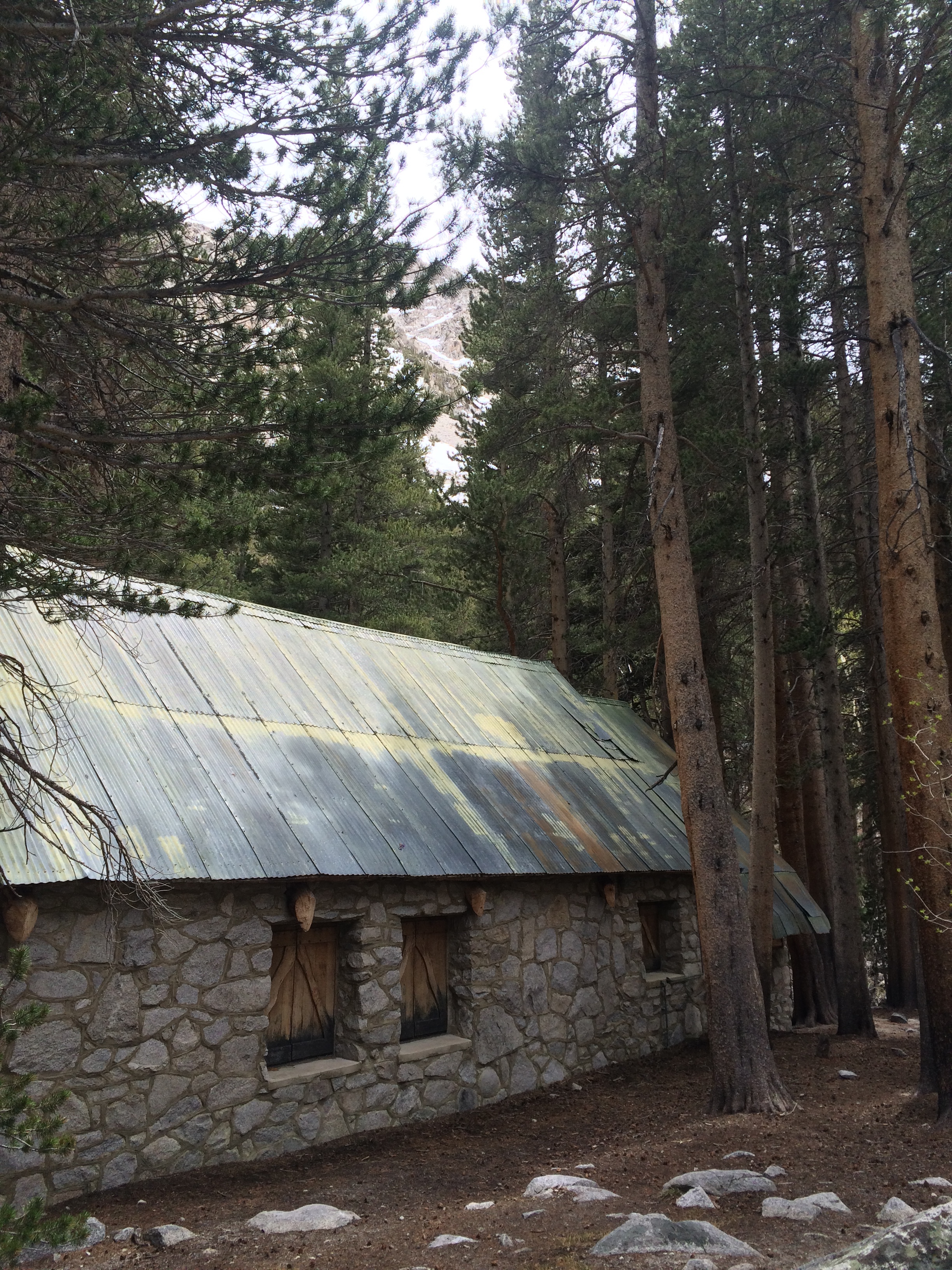
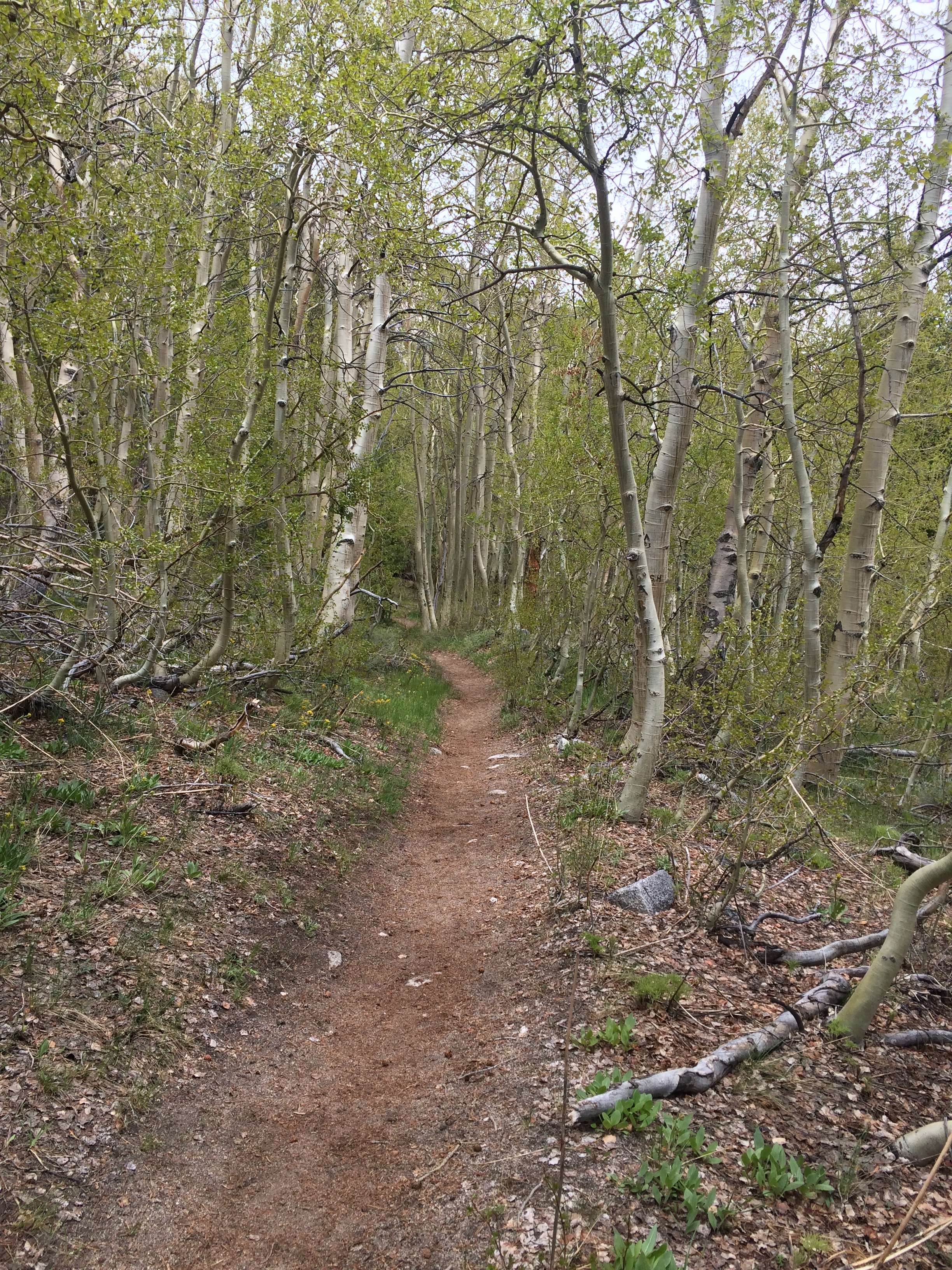
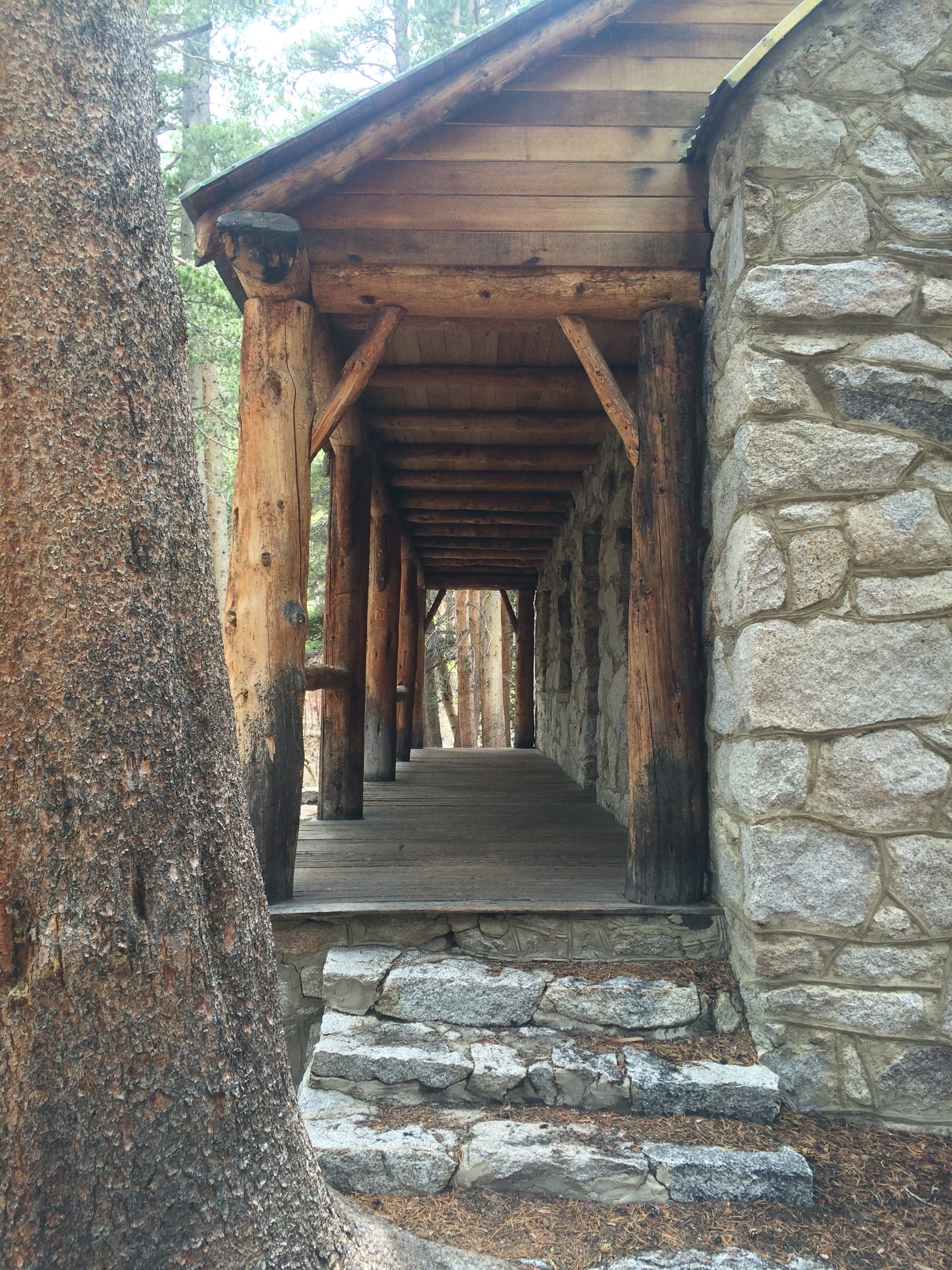
At the end of the Glacier Lodge Road, there is a locked gate and a small parking area for hikers and backpackers on the North Fork trail. Glacier Lodge is located a short distance to the south, and has its own parking area that is also well-marked; and like the road, is not open year-round. The North Fork trail begins immediately after the gate, and for the first section passes alongside Big Pine Creek, and some other private inholdings, before heading up a series of switchbacks. While the views on the trail as a whole are stunning, the initial views into the South Fork of Big Pine Creek basin during this initial section of trail are particularly fine, especially in the early spring.
The Lon Chaney Cabin is also an architecturally unique building as it was designed by Paul Revere Williams
After a quarter-mile (.25), the trail passes alongside the North Fork of Big Pine Creek and intersects with an old use road. Hikers should bear right (North), and follow the trail over a bridge, and gradually up an open glacial valley. Along this relatively flat section of trail, the trees present alongside the early sections of trail will gradually thin, revealing a high waterfall cascading from a hanging valley. At the end of the valley, the trail will begin to steeply ascend most of the 1,700 feet of vertical gain present on the hike, crossing the sides of the valley in a series of long and steep switchbacks. As one climbs, one can look back at the valley one hiked out of initially, and at times, at some of the South Fork of Big Pine Creek basin as well. The majority of the elevation gain ends at the edge of the waterfall one could view from below. While it may be tempting for hikers to splash or filter water from the North Fork of Big Pine Creek, care should be exercised near the edge of the falls to prevent accidents (safer locations to filter water are also readily apparent further up trail).
From the edge of the waterfall, the trail continues to ascend gradually through the now forested pine-and-aspen tree valley. Again, while the views on the entirety of this trail are spectacular, the section through these trees is truly special. After passing through a good section of the forest, the cabin will appear through the trees on the left (South) side of the trail. While it is marked as the “Big Pine Creek Wilderness Ranger Hut”, it is indeed the Lon Chaney Cabin. Designed by Paul Revere Williams, a famous Los Angeles architect, it was built for only $12,000 in 1929. Unfortunately, visitors are no longer allowed to access the interior of the cabin as it is Forest Service property; however, hikers and backpackers can utilize the porch and exterior areas of the cabin to rest, relax, and take in the bucolic views of Big Pine Creek which passes right in front of the cabin, before turning around and heading back down the trail. From the parking area to the cabin, it is 3.5 miles with 1,700 feet of elevation gain; for a roundtrip distance of 7 miles. Hikers wishing to go further can head further up the valley from the cabin to some or all of the alpine lakes, and the Palisade Glacier. Overall, this hike is a moderate hike with most of the strenuous gain coming in the section described above.
Tips and Facts: While this area does require a permit for overnight use, day-hikers do not need a wilderness permit, which makes the Lon Chaney Cabin an excellent spot to visit on a day hike. Sadly, even though the cabin is a stunning piece of architecture in a beautiful spot, Lon Chaney was only able to use it for just under six months before his death. Hikers that are food aficionados should also attempt to visit Copper Top BBQ in Big Pine, which regularly is cited as one of the top BBQ destinations in all of North America, but should also be warned that the restaurant regularly has long lines for food.

